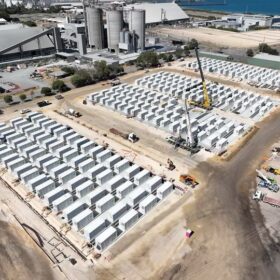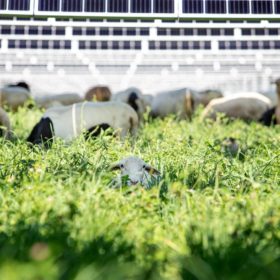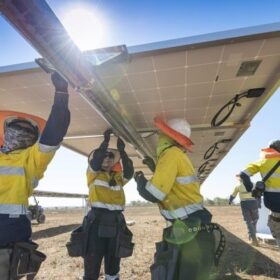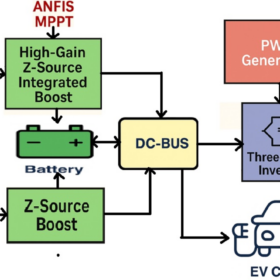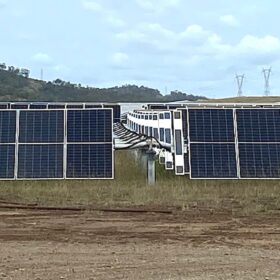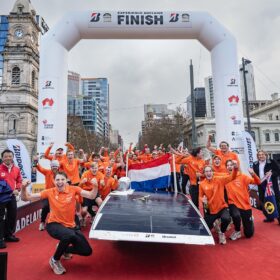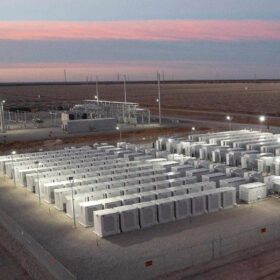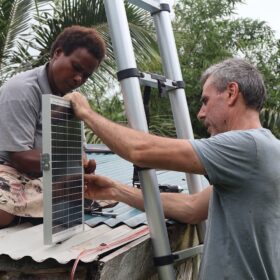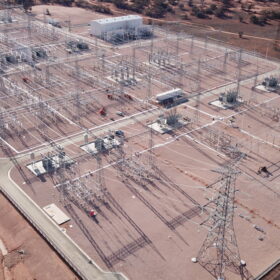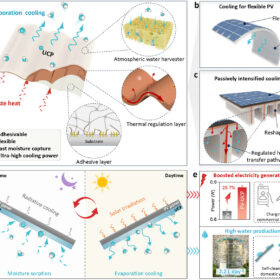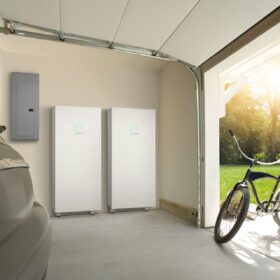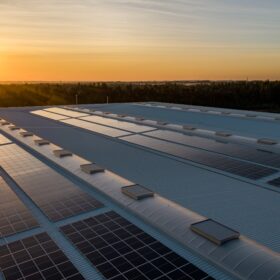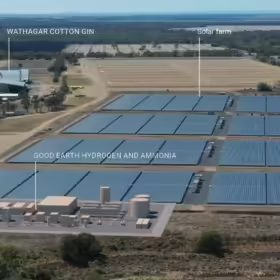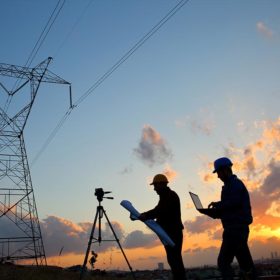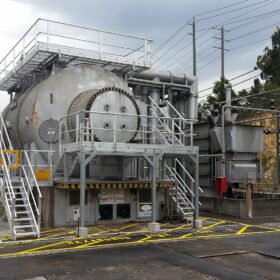Wholesale electricity market generation and storage CIS tenders now open
The federal government’s Capacity Investment Scheme Tenders 5 and 6 are open, seeking 1.6 GW of renewable energy generation and 2.4 GWh of dispatchable capacity for the Western Australia wholesale electricity market.
Renewable energy zone communities negatively impacted: report
The New South Wales Upper House’s first report on the impact of renewable energy zones on rural and regional communities has found residents in proximity to the Central-West Orana REZ have been negatively affected.
$2.9 million to boost regional energy workforce in Central-West Orana REZ
Coinciding with National Skills Week, the NSW government has announced a $2.9 million grant to develop the Central-West Orana Renewable Energy Zone’s workforce, one day after a new Powering Skills Organisation report says an additional 42,000 energy workers are needed to meet 2030 targets.
Novel MPPT technique for EV charging combined with PV, fuel cells
Scientists from India have designed a novel electric vehicle system with a reported efficiency of 98.7%, using PV panels, a proton-exchange membrane fuel cell, battery storage and supercapacitor, with hopes to expand the concept to renewable-energy-based DC microgrids with vehicle-to-grid (V2G) capability.
TagEnergy scoops multiple clean energy projects with ACE Power acquisition
Portugal-headquartered TagEnergy has acquired German-owned early-stage developer ACE Power, adding approximately 6 GW of battery, wind and solar projects to its already significant portfolio in Australia’s clean energy sector.
Dutch teams dominate world solar challenge claiming top two positions
The Netherlands Brunel Solar Team have crossed the Bridgestone World Solar Challenge finish line in Adelaide, i first place, after travelling 3,021 kilometres from Darwin to the South Australian capital, at an average speed of 86.6 kph, and just shy of 35 hours on the road.
900 MWh project is first battery system approved under new clean energy Act
The Potentia Energy 900 MWh Emeroo battery energy storage system in South Australia is the first BESS to receive environmental approval under new hydrogren and renewable energy legislation.
Can the Asia-Pacific region deliver clean, affordable energy by 2030?
The future of the global energy landscape will be shaped by Asia and the Pacific. Over the past two decades, our region has been the principal driver of global energy demand and emissions. Energy has powered prosperity, lifted millions out of poverty and transformed societies.
Completed EnergyConnect substation largest in Southern Hemisphere
Transgrid has completed a three year build of the largest substation in the Southern Hemisphere, rubber-stamping grid reliability and the sharing of renewable energy across three states linked by its Project EnergyConnect.
Researchers develop ultra-cooling patch to reduce PV module temperature
Scientists in Hong Kong have developed a patch that effectively cools down PV panels and utilises waste heat for freshwater production and reportedly increasing maximum power density by over 28% in a folded version of the ultra-cooling patch.
